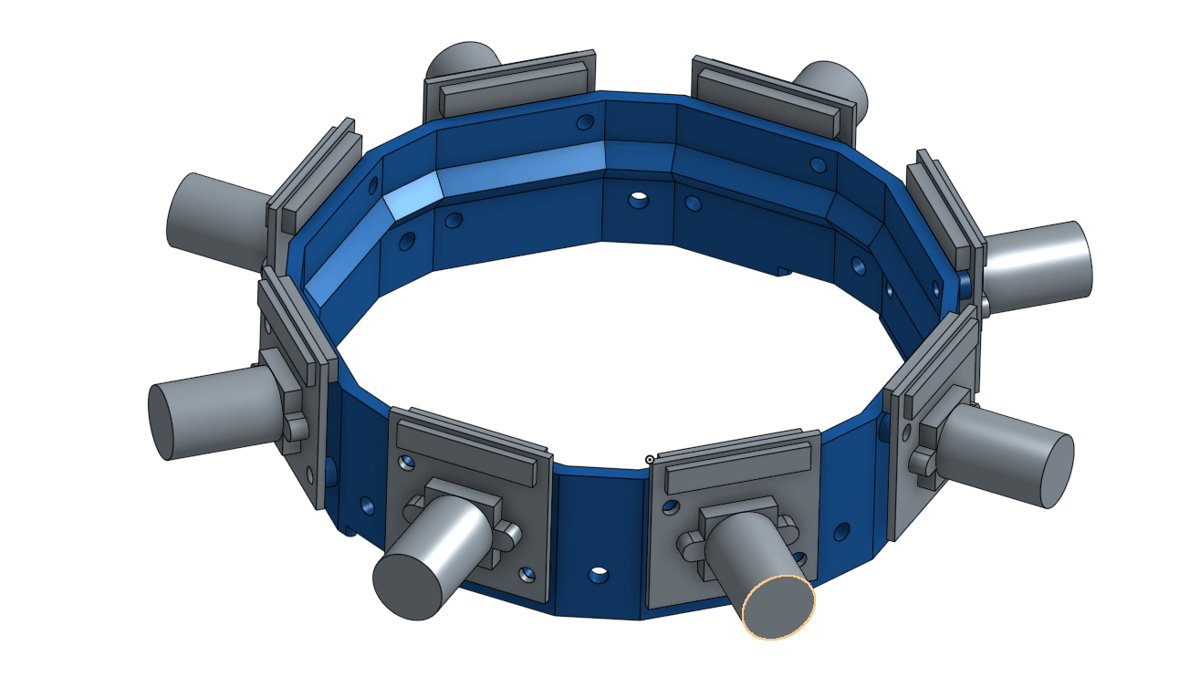As the VR train picks up speed, inventive hackers and makers are creating their own devices for VR content capture — Hackaday user Colin Pate and his self-built 3D VR-shooting camera most definitely included.
It seems like there’s a new VR-content capturing device hitting the market every week. And little wonder, with titans like Facebook banking big on virtual reality being the digital social space of the near future. Heck the big blue ‘f’ even went so far as to open-source its own 360-degree camera to proliferate content capture.
The trouble with the most current consumer/prosumer VR shooting camera though, is cost. You could be facing near-$1,000 prices (or near $10,000) at the cheaper end of the spectrum, or the limitations of footage being locked into the walled garden of proprietary cameras.
As ever the enterprising makers of Hackaday have the solution. Build your own.
User Colin Pate has done just that, documenting his build over the last two months.
Pate’s final camera will comprise eight evenly spaced cameras, each positioned 64mm apart (the average distance between eyes). Building in an overlap and stitching together the images each camera shoots, the resulting ‘full’ image can be viewed as a seamless single take in a VR headset.
To achieve a 3D effect, what you see at any given time is a composite image from two of the cameras. Feeding the left camera’s image to the right eye’s display in the VR headset, and vice versa, a simple stereoscopic 3D effect is created.

Build-It-Yourself: the 3D VR Camera
Pate explains the nitty-gritty as such:
“Due to the large number of GPIO ports needed and large bandwidth of data to be processed, this project seemed like an ideal application for an FPGA SOC development board. After deciding to use an Altera Cyclone V SOC for the brains, I narrowed down the choices for a development board and eventually settled on the Terasic DE10-Nano due to its small size, large number of GPIOs, and most importantly, its ample documentation and support.”
Choosing a camera module was easy, too. “The OV5642 is cheap ($25 on Amazon), has good resolution, and has a decent amount of online documentation and drivers available.”
After a bit of tinkering with the boards, Pate designed a frame to house his cameras. Available on OnShape, he shipped it out to 3D Hubs for 3D printing.
Some lens trouble drove costs up as Pate sought a sufficiently wide field of view lens for his camera array. But, after much trial and error — and writing his own stitching code for the imagery — the assembly now successfully creates 200-degree images.
Pate’s camera rig looks rather elegant in its simplicity. But commenters on the project’s page have been quick to point out that adding more sophisticated VR imaging techniques would drive the cost of this budget build up.
The next steps for Pate and his camera include video capture, fixing white balance and exposure issues and better stitching. This, and shifting the image correction and stitching on-board to the camera itself.
Source: Hackaday

License: The text of "Hackaday User Builds Budget Stereoscopic 3D VR Camera" by All3DP is licensed under a Creative Commons Attribution 4.0 International License.